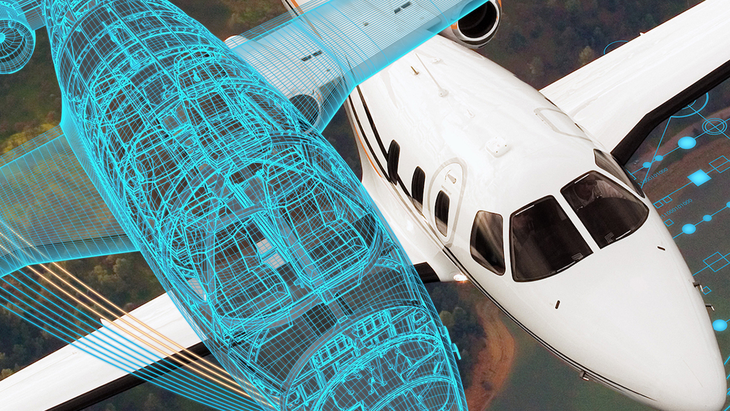In addition to industrial applicationsthe metaverse and the advancement of AR, VR and wearable technologies it makes it easier for educational institutions to also see the benefits of these technologies. A clear example is Stanford University, who announced that they are going to incorporate digital twins in their education, construction and engineering programs.
image.png
However, beyond the uses in industries, it is worth asking could there be human digital twins in the future? Like other technologies related to biogenetics and health, they represent a great opportunity and an ethical dilemma at the same time.
While the technology exists to digitize parts of the human anatomy, the ability to create an exact digital twin of the human body is not yet feasible. Despite this, the sensors are getting smaller, and could send information about our health to a digital twin to monitor and predict our well-being.
image.png

However, from a macro perspective, the benefit is exponential, from reducing drug R&D cycles to minimizing animal testing, a clear example of this is the development of vaccines against COVID-19 in the year 2020.
Today it is a reality that digital twins are a technology that does not stop growing, and that they are here to stay because the ongoing global digital transformation is driving innovation in all industries.
VP Data & Digital Strategy at Nubiral.
Source: Ambito




